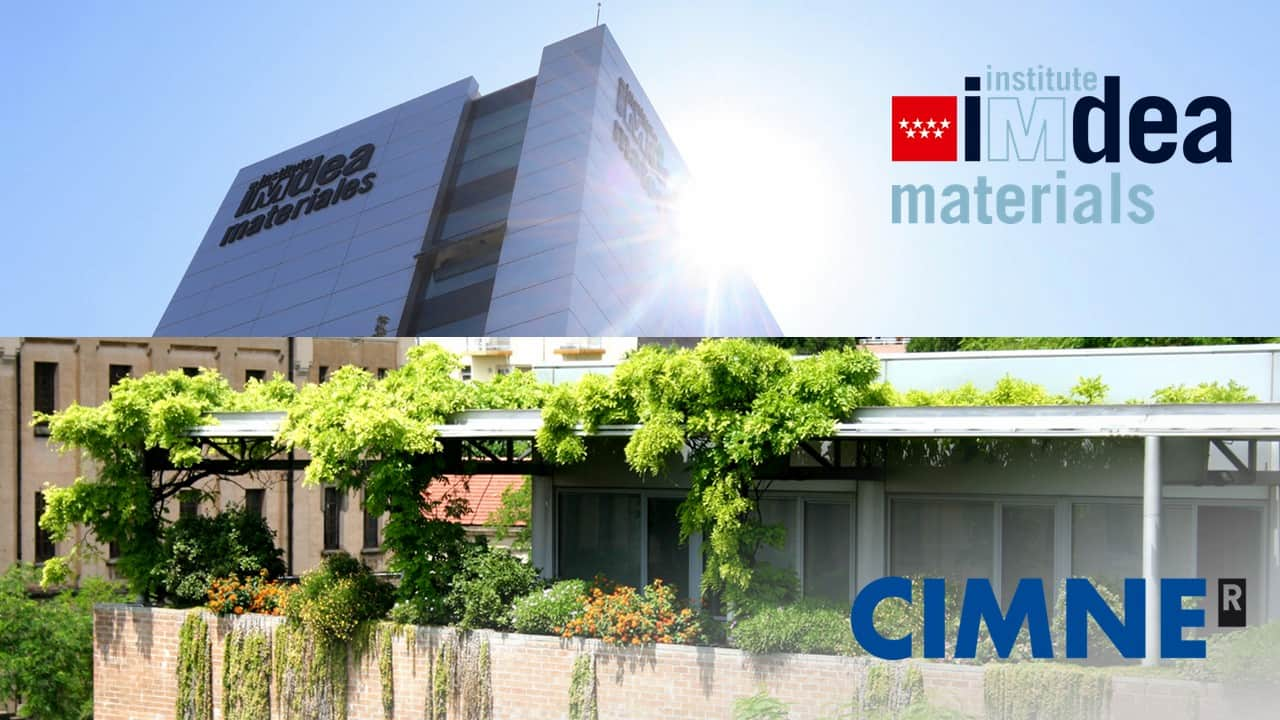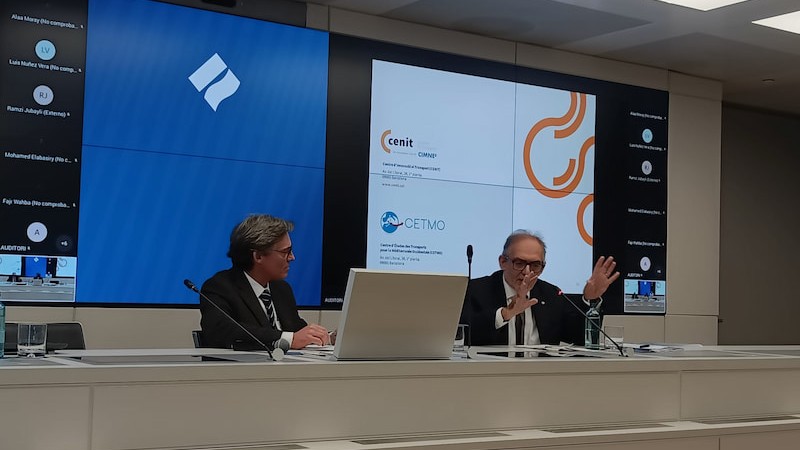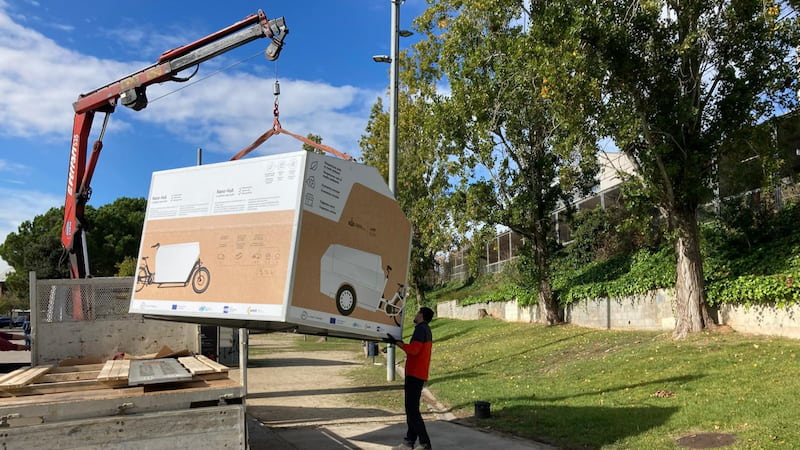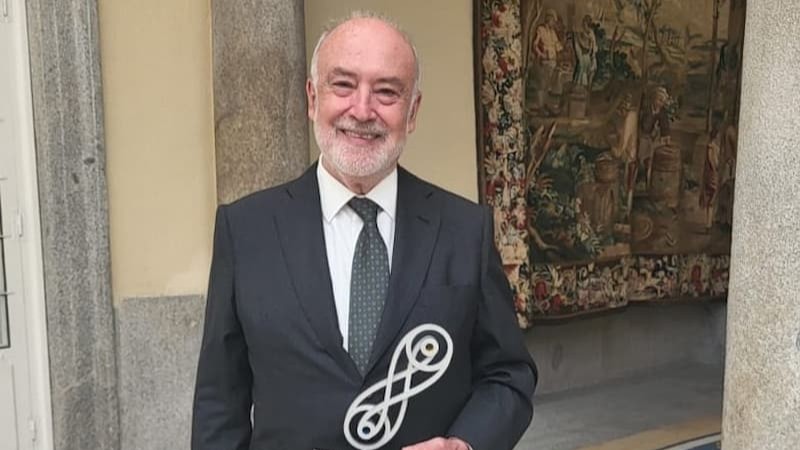
The International Centre for Numerical Methods in Engineering (CIMNE) and the IMDEA Materiales research centre this week signed a Framework Agreement to strengthen collaboration and foster innovation in the fields of engineering materials and numerical methods.
The agreement establishes a comprehensive framework for cooperation in research, methodological development, and knowledge transfer, with a particular focus on the application of numerical methods to materials science and engineering.
Key Areas of Collaboration
Under the agreement, both institutions will cooperate in the development and application of numerical methods in the field of materials science and engineering, addressing research challenges that span structural analysis, modelling, and innovative material solutions.
Researchers from both organizations will spearhead and expand novel research initiatives, fostering the creation of joint research groups and mixed teams that leverage the complementary expertise of CIMNE and IMDEA Materiales. The agreement also contemplates the joint supervision of doctoral theses, enabling the training of the next generation of researchers in this strategic field.
The framework includes knowledge exchange on technology transfer and innovation, as well as opportunities for researcher mobility between institutions. Both centres will collaborate on accessing external funding from public and private institutions at local, regional, national, and international levels to advance projects of mutual interest.
Additionally, CIMNE and IMDEA Materiales will jointly organize scientific events, seminars, and conferences to promote innovative culture and foster public engagement with science, technology, and innovation.
A Strategic Partnership for Materials Science
“This collaboration represents a strategic alliance in bridging advanced computational research with materials science innovation, enabling the development of cutting-edge solutions aligned with European research priorities”, said CIMNE General Director, Prof. Javier Bonet. As a stated mission, both institutions aim to “generate significant scientific and technological impact” while “addressing key challenges in materials development and industrial applications.”
A joint monitoring commission will oversee the implementation of the agreement, ensuring the alignment of research activities and the identification of new opportunities for collaboration.









